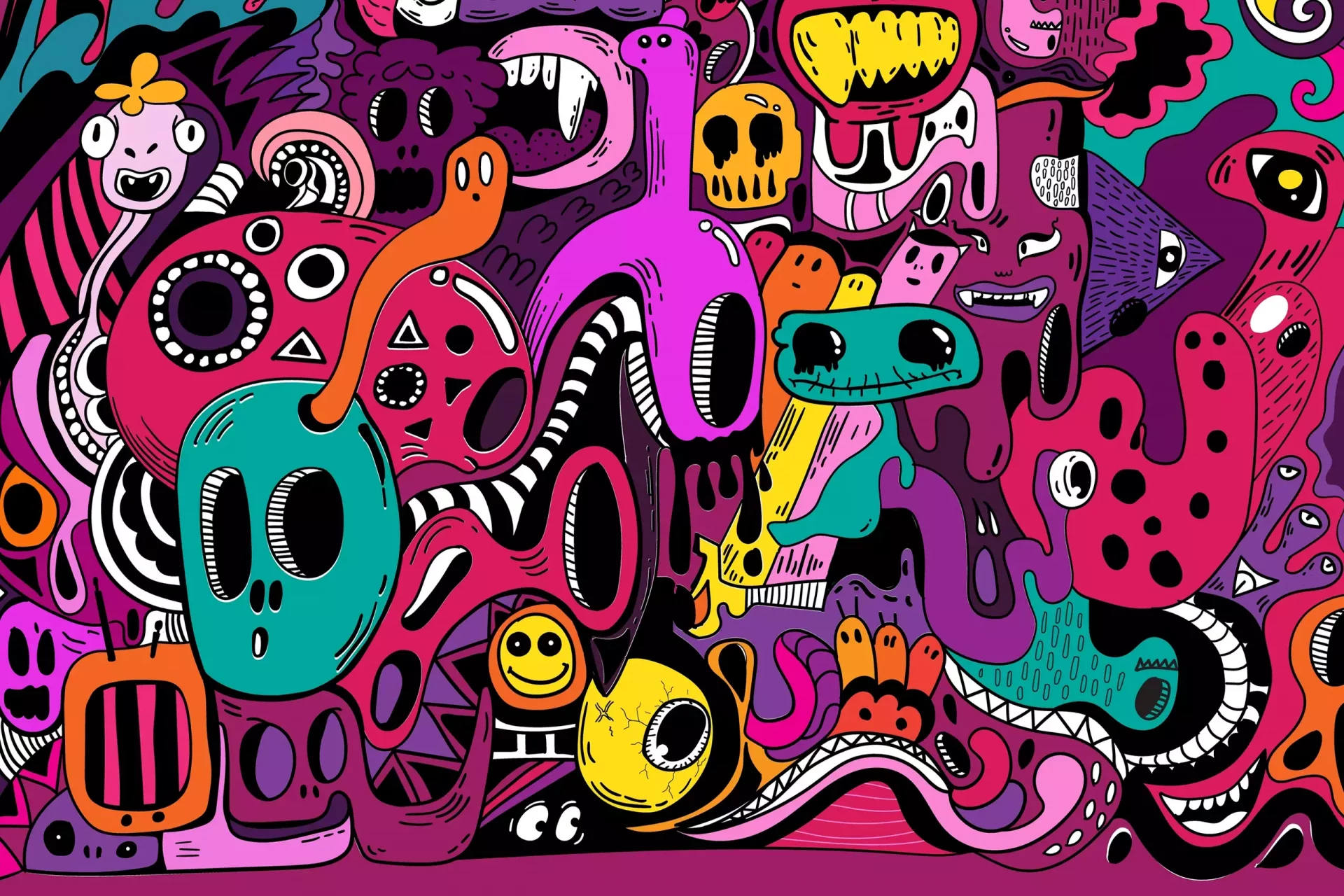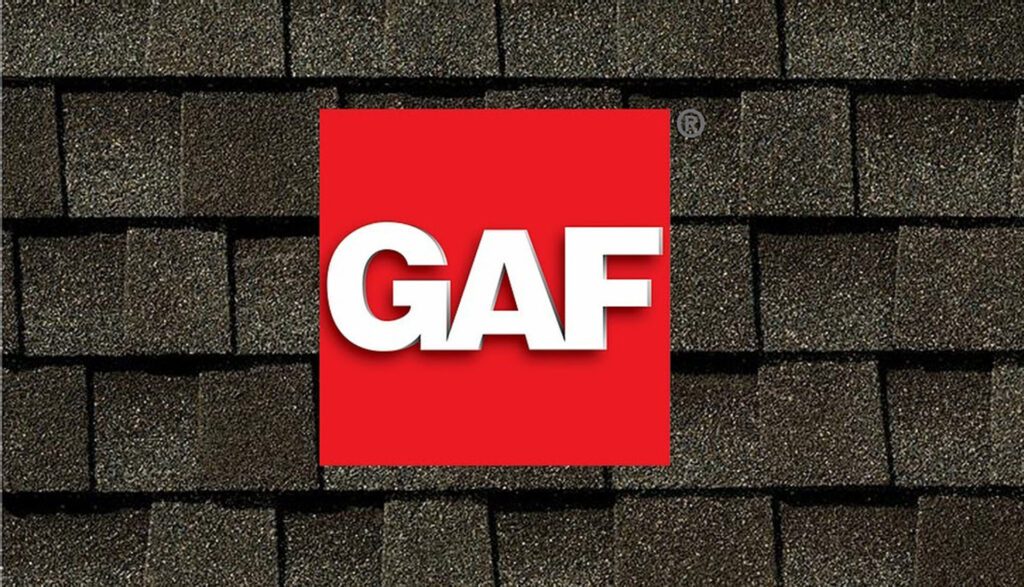Ever found yourself scrolling through a text thread, a social media feed, or a comment section and stumbled upon the cryptic acronym "gaf"? If you're looking to understand the nuanced world of modern communication, particularly within the realm of digital exchanges, grasping the meaning of "gaf" is no longer optional; it's essential.
The language of our times, particularly in the digital sphere, is a dynamic and evolving entity. Slang terms, acronyms, and abbreviations emerge, shift, and often disappear with astonishing speed. Among these, "gaf" holds a prominent position, particularly amongst younger demographics and those heavily involved in online communication. This article delves into the origins, usage, and significance of "gaf" within contemporary texting and online dialogues.
At its core, "gaf" is an acronym. Breaking it down reveals its meaning: "give a f ." The asterisk, a standard act of censorship, is often used to represent the expletive, which in full is of course, "give a fuck." The inherent informality of this phrase immediately flags it as a component of casual communication. This is not language you are likely to encounter in a formal business email or a scholastic essay. Instead, it is a tool wielded in personal conversations, on social media platforms, and within the quick-fire exchanges of text messages.
If someone "gafs," it indicates that they possess a degree of concern, interest, or care for a particular subject, person, or situation. Conversely, the absence of "gaf" often conveyed as "idgaf" (I don't give a fuck) or "dgaf" (doesn't give a fuck) signifies indifference, disinterest, or a lack of concern. The "gaf" spectrum, therefore, presents a succinct scale of emotional investment, ranging from high engagement to complete apathy. The usage is widespread, found across a multitude of platforms.
Let's explore some of the common usages and interpretations of the term. The versatility of "gaf" is significant. It's not merely a casual expression; its a finely-tuned instrument for expressing a range of emotions, concerns, and apathy within digital spaces. "Gaf" can be a declarative statement ("I gaf about climate change"), a response to a question ("Do you care?" "I gaf"), or an expression of disbelief or dismissal ("He said what? I dgaf.").
Understanding the nuances of "gaf" requires an appreciation for its context. Who is using it? What is the subject matter? Where is it being communicated (e.g., a private text, a public social media post)? These contextual clues are essential for accurately interpreting the intended meaning. Moreover, the tone often adds another dimension. Sarcasm, for instance, can transform "I gaf" into a mocking expression of disbelief. The delivery method also comes into play; a simple text message might lack the context of a phone call or face-to-face conversation.
The emergence of "gaf" and similar slang speaks to a wider trend in communication. There's a shift toward greater informality, a desire for brevity, and an embrace of digital-native expressions. While some might see this as a degradation of language, others view it as an organic evolution, a natural adaptation to the realities of our digital age. "Gaf" is a product of, and a contributor to, this linguistic shift.
Beyond its core meaning, "gaf" (and its variations) can be further complicated by its use in subcultures and niche communities. The precise interpretation may change slightly depending on who is using it and in what setting. Context is everything.
The evolution of this acronym is also worthy of consideration. While "gaf" has become fairly mainstream, it began as a slang term. Its adoption and spread highlight the viral nature of digital language. A phrase, a meme, or an acronym starts somewhere, spreads through social networks, and eventually becomes part of the broader linguistic landscape. This rapid dissemination is a key characteristic of modern communication, and "gaf" is a prime example.
Furthermore, the study of "gaf" offers insights into the dynamics of online identity. The language we use shapes how we present ourselves to the world, particularly online. The use of "gaf" can signal a certain attitude, a desire for authenticity, or a sense of belonging within a particular group. It is a marker of belonging to a certain digital culture. When used appropriately, the term can function as an emblem of identification within specific digital spaces and communities.
The proliferation of "gaf" also raises questions about the impact of digital language on our communication skills. Does it simplify, or does it complicate? Does it promote understanding, or does it create confusion? These questions don't have easy answers, and the conversation is ongoing. What is clear is that the digital environment has changed the rules of language. Understanding terms such as "gaf" is vital for being fully immersed in that environment.
It is important to recognize that "gaf" can have slightly different nuances based on context. However, the core meaning remains constant. It always relates to the degree of emotional involvement or concern someone has for a given subject. The use of "gaf," or the lack thereof, allows individuals to express themselves with succinctness and impact.
The rise of the acronym gaf signals more than simply a new expression. It underscores the evolving landscape of language in the digital age. The term encapsulates a world where words are instantly shareable, and communication prioritizes immediacy. This has altered the expectations and rules of online interaction. "Gaf" has become a crucial signpost for modern online communication.
It's also essential to understand the potential for misinterpretation. Because "gaf" exists in the realm of slang, the potential for misunderstanding is always there. People with differing levels of familiarity with online lingo may arrive at incorrect conclusions. Context, once again, is the key to ensuring clear and effective communication.
The digital sphere offers us multiple ways of expressing ourselves, and digital terms provide a degree of flexibility that words sometimes lack. "Gaf" offers an economical way to communicate feelings in the fast-paced online world, and this helps people build a rapport and share an understanding with one another.
The impact of "gaf" goes beyond just texting. Social media platforms like Twitter (now X), Instagram, and TikTok utilize this shorthand. On these platforms, the term serves as a fast way to convey attitudes. The speed with which social media moves means people often reach for abbreviations to ensure their message is immediately clear and grabs the attention of the user. The succinctness of gaf makes it ideal for the fast-paced world of social media.
The study of "gaf" also yields interesting insights into the evolution of language in the digital age. Digital-native expressions are gaining more traction and are becoming integrated into our vocabulary. This ongoing process will undoubtedly shape the future of our communication styles. Its a fast-moving process, with new terms and uses appearing regularly.
When examining the digital communication landscape, one finds a rich diversity of terms. From those that signal interest to those that indicate disdain, each one serves a particular role in the expression of thoughts and feelings. The term "gaf," in this context, offers an efficient means of conveying whether someone is invested in something or not.
There are also related terms that are often seen alongside "gaf." For example, "idgaf" and "dgaf" are variations. These often appear in comments on social media platforms, in text messages, and on internet forums. Understanding the variations ensures a more complete grasp of how people communicate in the digital era.
The adoption of gaf is a key part of understanding today's online dialogue. While slang terms like "gaf" may come and go, they offer insight into the evolving nature of how people interact with each other through online messaging and social media. The phrase offers a means of conveying emotions, attitudes, and ideas in a manner that is both succinct and impactful.
Finally, the continued use of "gaf" highlights the importance of context in communication. The intended meaning of the term can shift based on the tone, the audience, and the platform. Understanding the context can mean the difference between clarity and confusion. Thus, if one is to engage fully in digital conversations, one must have the tools to fully understand how people are speaking.
In short, "gaf" offers a lens through which we can explore the nuances of modern digital communication, understanding the emotional investments of individuals, the ever-changing rules of language, and the social dynamics of the online world.
The term "gaf" is most commonly used as internet slang.
The phrase can be used in several ways:
- To express interest in a situation
- To express disregard for a situation
- To tell someone to stop talking
Examples:
- "I gaf about the environment, so I recycle."
- "The team lost, but I dgaf."
- "Gaf, just leave me alone!"


